Pavilion made of 3D-printed salt by Emerging Objects
American studio Emerging Objects 3D-printed this pavilion using salt harvested from San Francisco Bay (+ slideshow).
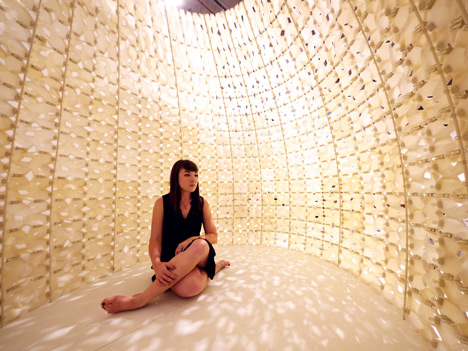
"The structure is an experiment in 3D printing using locally harvested salt from the San Francisco Bay to produce a large-scale, lightweight, additive manufactured structures," said Ronald Rael and Virginia San Fratello of additive manufacturing startup Emerging Objects.
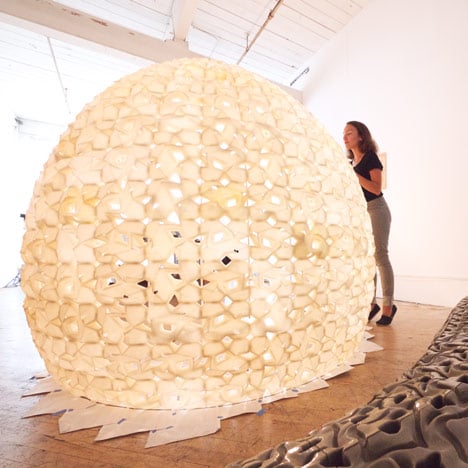
They explained that 500,000 tonnes of sea salt are harvested each year in the San Francisco Bay Area using power from the sun and wind. "The salt is harvested from 109-year-old salt crystallisation ponds in Redwood City," they said. "These ponds are the final stop in a five-year salt-making process that involves moving bay water through a series of evaporation ponds. In these ponds the highly saline water completes evaporation, leaving 8-12 inches of solid crystallised salt that is then harvested for industrial use."
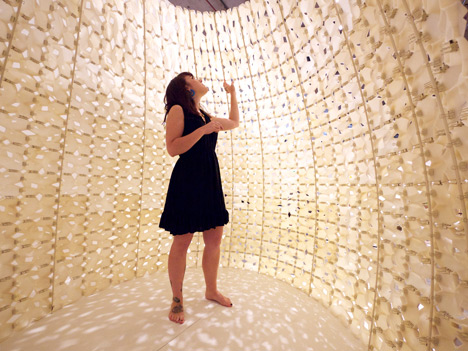
In addition to being a renewable resource, the salt is inexpensive compared to commercially available printing materials and creates strong lightweight components.
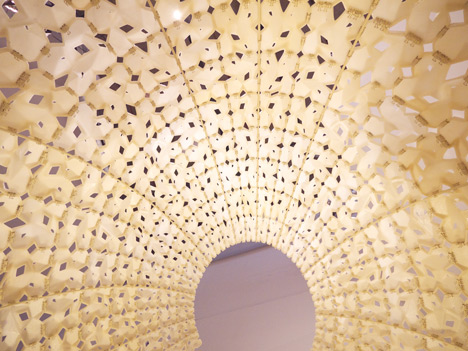
They claim that their pavilion is the first to be printed from salt but draws on traditional techniques for building with the material. "No one has ever 3D-printed a building out of salt," Rael told Dezeen. "However, there is a long tradition of architecture constructed of salt blocks, particularly in the Middle East and in desert environments."
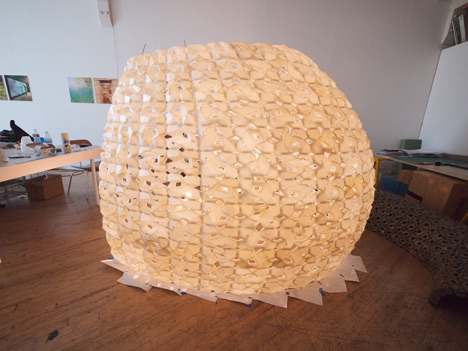
The 336 unique translucent panels of the Saltygloo structure were made in a powder-based 3D printing process where a layer of salt is applied then fixed in place selectively with a binding agent, before the next layer of salt is deposited and the process is repeated.
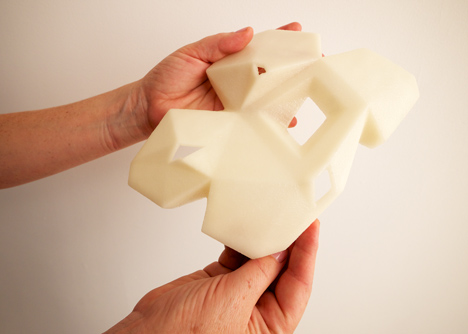
The panels were then connected together to form a rigid shell, further supported with lightweight aluminium rods flexed in tension.
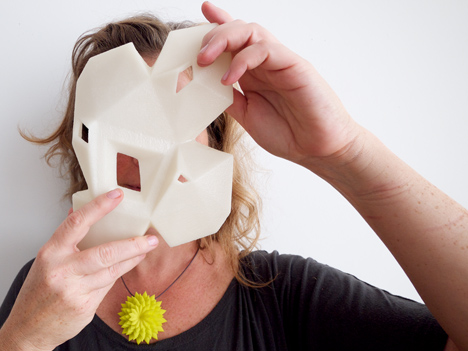
"Each panel recalls the crystalline form of salt and is randomly rotated and aggregated to create a larger structure where all tiles in the structure are unique," explained the designers.

"The form of the Saltygloo is drawn from the forms found in the Inuit igloos, but also the shapes and forms of tools and equipment found in the ancient process of boiling brine," they added. "The translucent qualities of the material, a product of the fabrication process and the natural properties of salt, allow for natural light to permeate the space, highlight the assembly and structure, and reveal the unique qualities of one of humankind’s most essential minerals."

Rael and San Fratello are professors of architecture and design at the University of California Berkeley and San Jose State University. They founded Emerging Objects six months to focus on printing architecture from a diverse set of materials, largely renewable or sources from industrial waste, including some they have developed themselves.
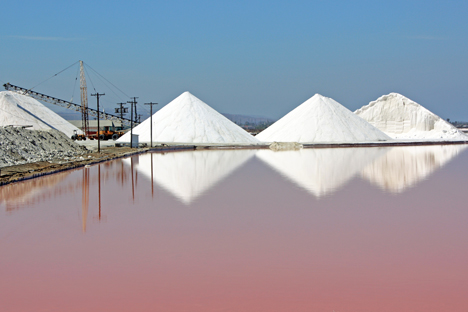
Besides salt, they are also working in 3D-printed wood, cement and paper, adapting old models of 3D-printers to suit their materials and processes. "Emerging Objects is interested in the creation of 3D printed architecture, building components and furnishings that can be seen as sustainable, inexpensive, stronger, smarter, recyclable, customisable and perhaps even reparable to the environment," they explain.
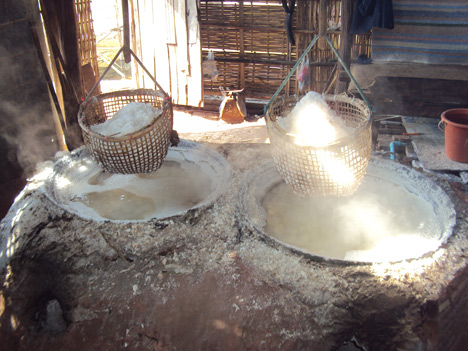
The Saltygloo pavilion follows a piece of furniture printed in the same way and the firm is now gearing up to produce a large-scale architectural room. "We see possibilities to create building enclosures and building cladding systems, as well as free standing walls using the salt material," Rael told us.
The project is on display at the Museum of Craft Design as part of an exhibition called New West Coast Design 2 until 5 January 2014.
Design team: Ronald Rael, Virginia San Fratello, Seong Koo Lee.
Fabrication team: Ronald Rael, Seong Koo Lee, Eleftheria Stavridi
Material development: Ronald Rael, Mark Kelly, Kent Wilson
Special thanks: Professor Mark Ganter, Solheim Lab, University of Washington, Ehren Tool, Department of Art Practice, University of California Berkeley, Department of Architecture, University of California Berkeley, Department of Design, San Jose State University, Kwang Min Ryu and Chaewoo Rhee.